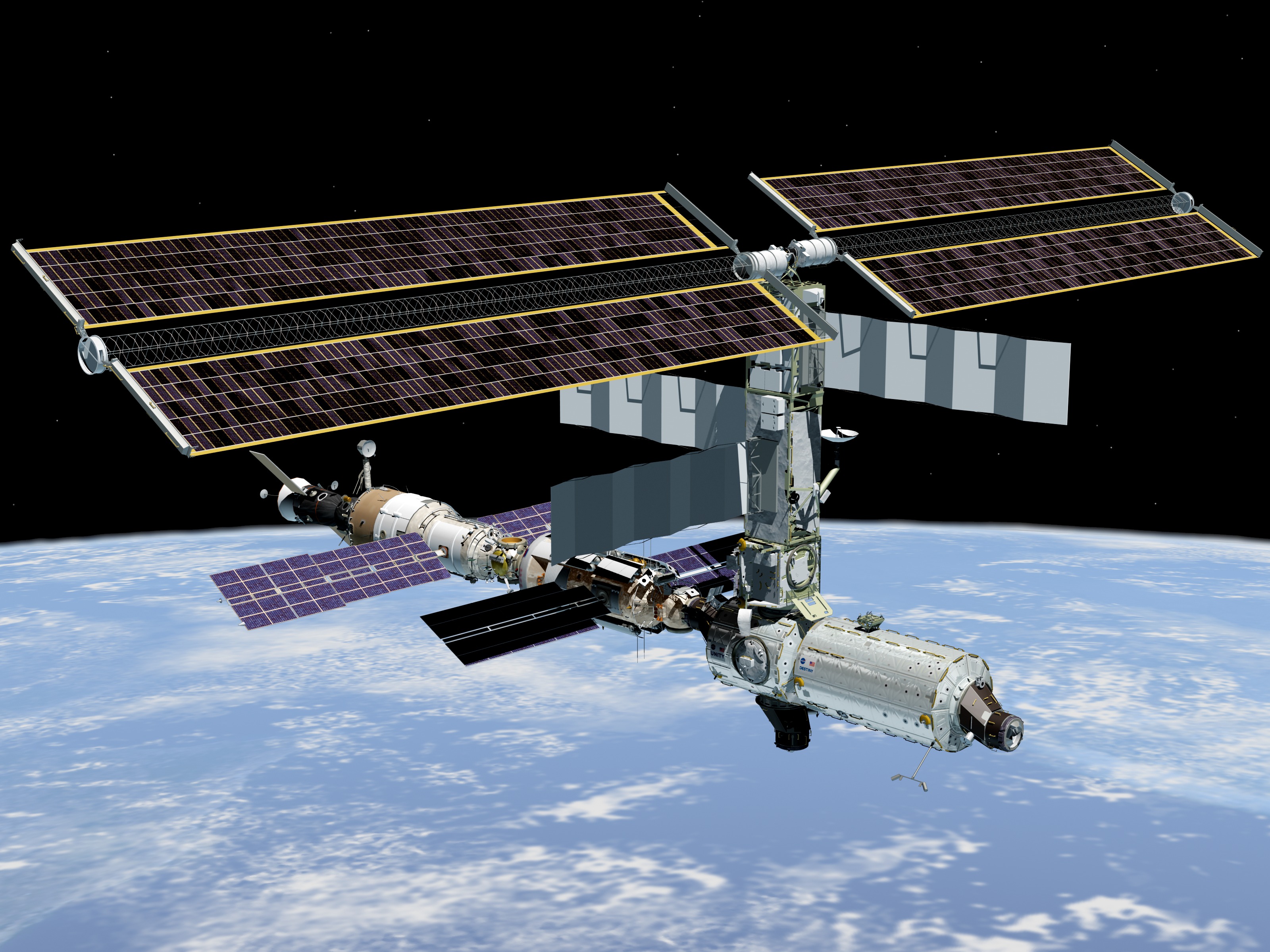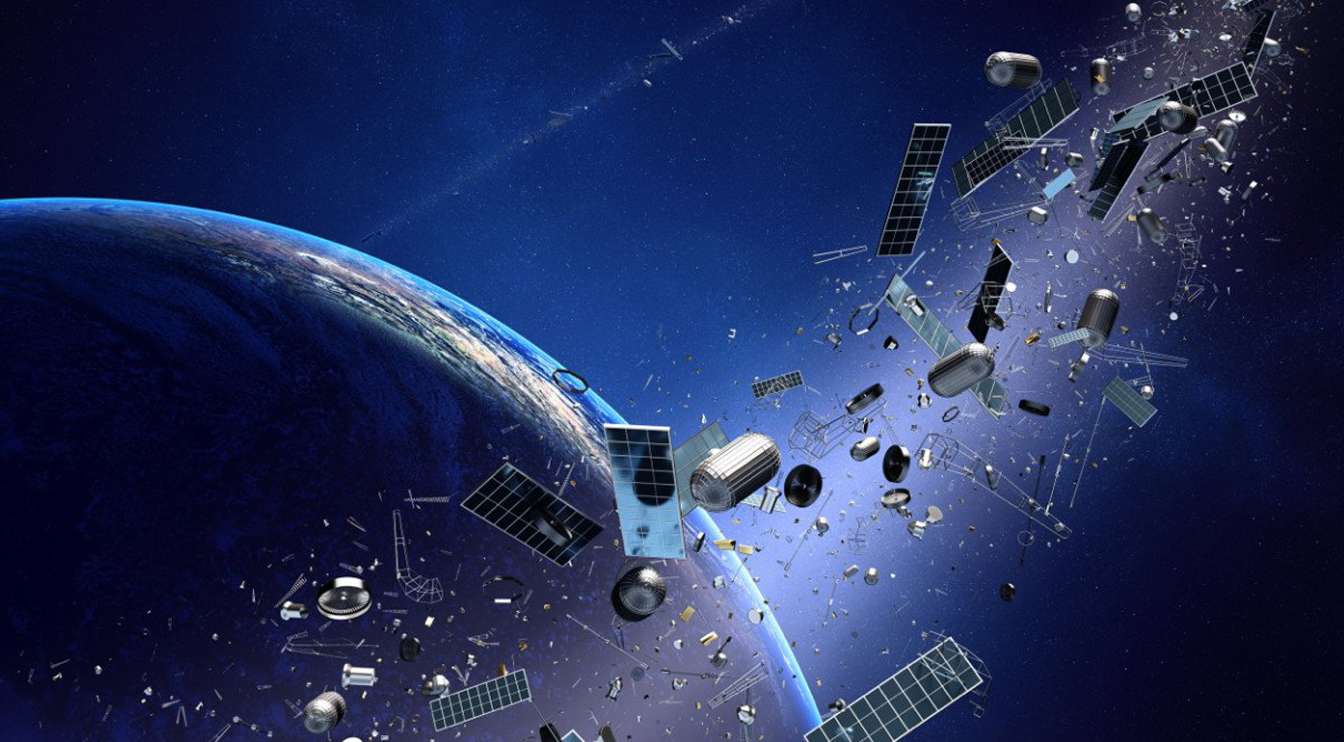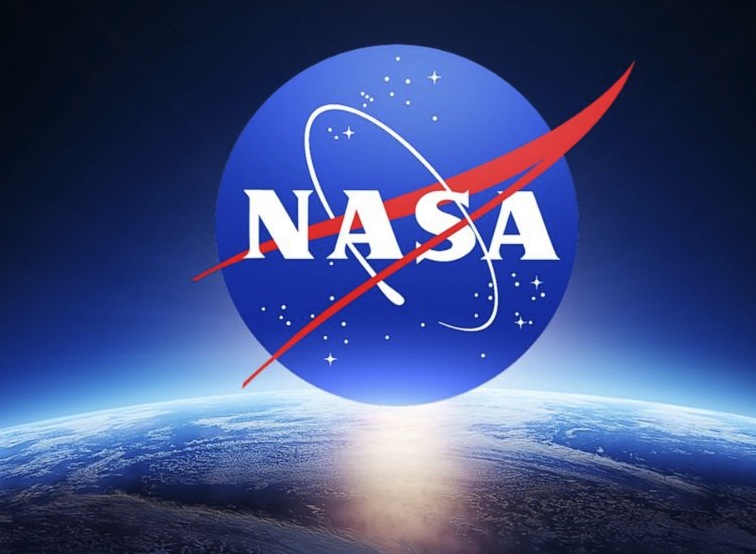Humankind has been launching satellites and space vessels into orbit and beyond going back nearly to World War 2, with a rich history of achievements with both from numerous nations in that time, the international Space Station being just one especially impressive example among many that might be cited here.
But it is predated by stations like Mir and Skylab, to say nothing of the many shuttle and rocket launches and the nearly uncountable array of government and private communications satellites. And all of the above, being the product of humans, shed garbage just as their creators all constantly do.

And so it was, to bring things full circle, that the International Space Station was recently damaged by a piece of space junk, as it innocently maintained its place in orbit, that had been hurtling along ever since its discarding by whatever craft it originally left the Earth’s surface with.
The collision of a piece of space junk with the space station specifically occurred in the area of the orbiting laboratory’s robotic arm, which is identified as the Canadarm2. Though it has only in recent weeks been noticed as a result of a routine inspection (which found the resulting hole roughly a fifth of an inch across), precisely when the incident actually occurred is uncertain.

The arm, which as its appellation would suggest is the province of the Canadian Space Agency, was fortunately not damaged to the extent that its capacity to perform normally was in any way impaired. Officials stated that the strike was a lucky one, as unlucky as it may seen for a relatively miniscule space craft to be pelted by an even smaller man-made projectile in the infinite vastness of space.
The collision is not as unlikely as it might seem. According to the US Department of Defense, which tracks pieces of space junk, there are more than 27,000 such bits of various launched vehicles orbiting the Earth at speeds of up to 18,000 miles per hour. They separately track the number of pieces that measure at larger than roughly the size of an orange, which alone amounts to some 23,000.

With those numbers being what they are, it is not surprising in the least that NASA has been required to perform special evasive maneuvers in order to dodge such orbiting debrit on no fewer than 26 separate occasions, to which one would have to add such incidents as this most recent one in which a piece of debris was not detected prior to making impact.
It is as yet unknown precisely what it even was that struck the International Space Station, but an investigation is being mounted that will hopefully answer that question as well as uncover why it might not have been picked up in time to attempt any evasive maneuver. Those findings, once collected and analyzed, may contribute to improvements in procedure and technology that help prevent future occurrences like it, or even ones with far more catastrophic effect.

The risk, and therefore the rate, of these collisions occurring is only expected to increase as the area immediately surrounding the Earth becomes ever more crowded with the various communications and defense satellites on which we have come to depend. Unfortunately, whatever enhancements result from the investigation, such incidents are likely to continue occurring at some rate of frequency.